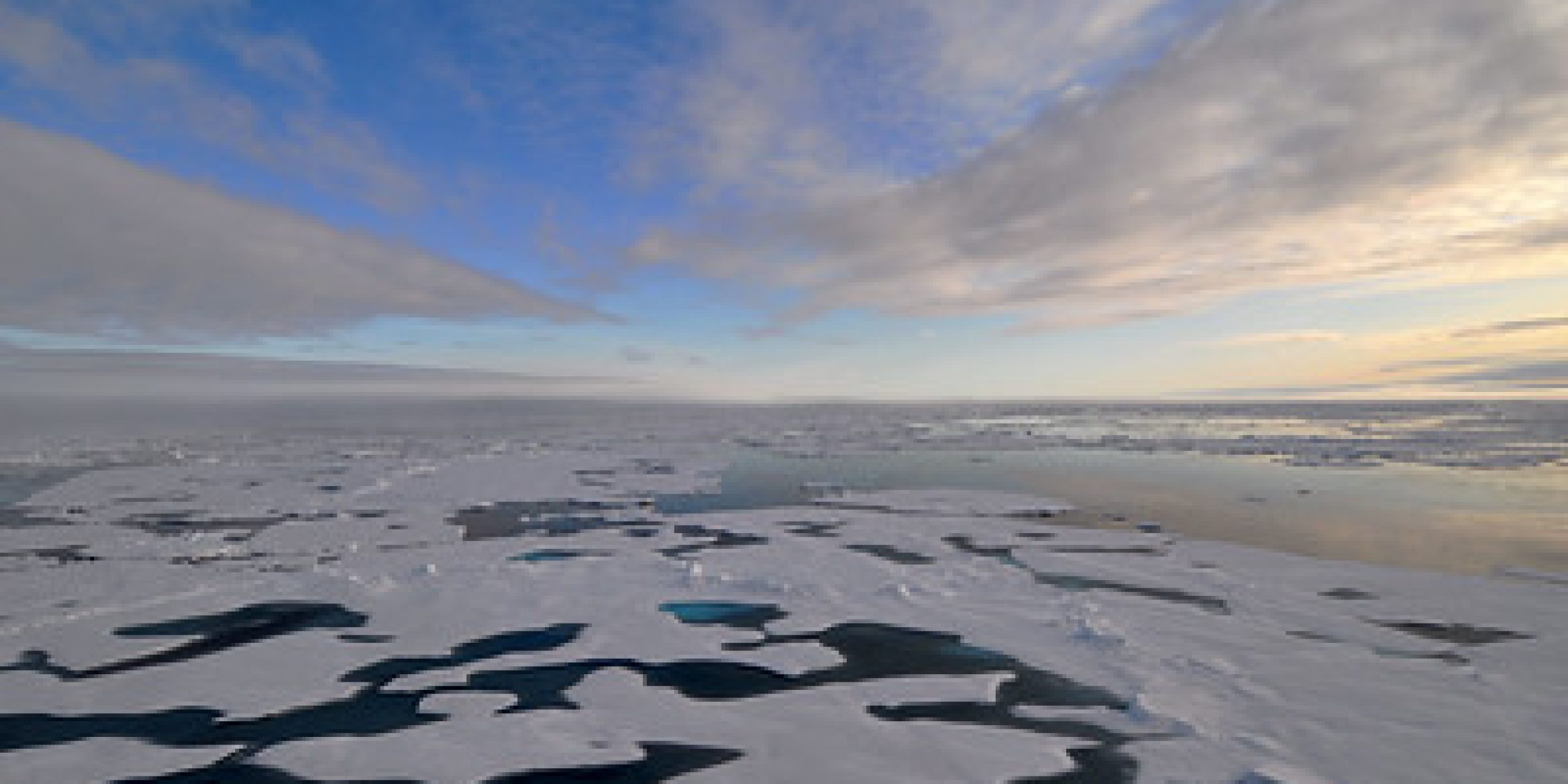While the Arctic is projected to become cloudier as greenhouse gas emissions increase in a warmer world, how sea ice will behave in the future remains a difficult question due to uncertainty around how climate models reproduce the observed circulation-cloud-sea ice relationship. Now, new Nature Communications Earth & Environment research, funded in part by CPO’s Climate Variability and Predictability (CVP) program and the Modeling, Analysis, Predictions and Projections (MAPP) program, shows that summertime low clouds increase sea ice melt by acting as a bridge between upper-atmosphere circulation and the surface. The research was led by scientists from the University of Arizona and University of California, Santa Barbara. The authors found that summertime high-pressure circulation in the upper atmosphere results in more low clouds near the surface, which increases the amount of reflected radiation from the Earth’s surface. This increased reflected radiation then leads to more sea ice melt. As the sea ice decreases this, in turn, triggers a positive ice-albedo feedback leading to even more sea ice melt. Accurately simulating summertime large-scale circulation, as well as the cloud response to circulation, is a critical step toward increasing the reliability of seasonal sea ice forecasts and the rate of future sea ice loss.
Read the article » Image credit: Collection of Dr. Pablo Clemente-Colon, Chief Scientist National Ice Center.


Climate Program Office
Advancing scientific understanding of climate, improving society’s ability to plan and respond




Climate Program Office
Advancing scientific understanding of climate, improving society’s ability to plan and respond
Scroll to Top

